Up and down, stop-and-go, feet work a lot every day.
I don’t think so at ordinary times, but once what feels uncomfortable with my feet, it really affects the quality of life.
In fact, some symptoms of both feet also reflect the health status of the whole body to a certain extent. This article lists 7 common abnormalities of both feet and briefly analyzes the possible causes and coping methods.
Let’s have a look?
Cold feet
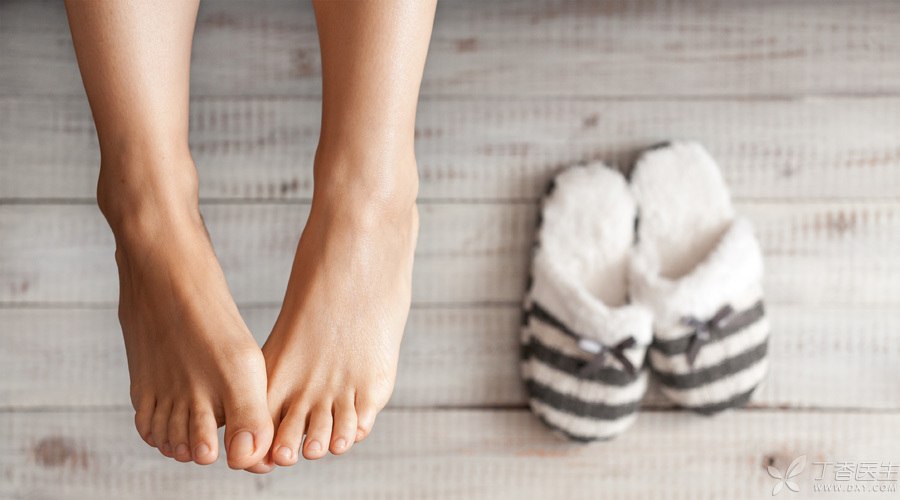
In most cases, cold feet are actually normal physiological phenomena, so don’t worry.
When it is cold, the blood flow to the body surface and limbs will decrease in order to ensure the temperature of the core internal organs. Therefore, the hands, feet and face are often the first to feel the coolness. Women are more sensitive to changes in temperature and are more likely to suffer from cold hands and feet.
After sitting for a long time, moving your legs will improve the cold situation of your feet. When it is cold, you can also wear thicker shoes and socks to keep warm.
It should be noted that if the cold feet are accompanied by color changes and pain and itching, be careful of Raynaud’s disease. Similarly, hypothyroidism, diabetes, scleroderma, etc. may also cause cold feet.
If you always feel cool, you can go to the hospital and ask the doctor if there is something wrong with your body.
Swollen foot
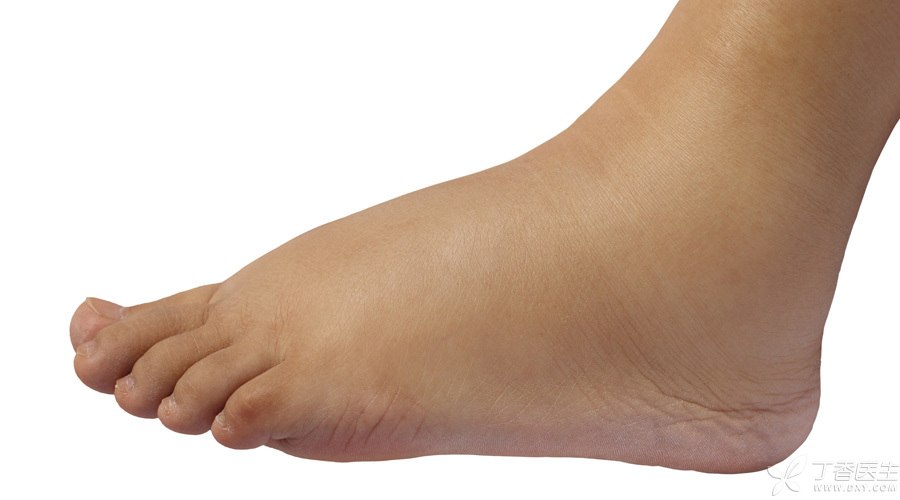
Sitting for a long time, because of gravity, blood will gather in the veins of the lower limbs. Due to pressure, the blood vessels will run into the tissues with more [water] and the legs and feet will swell up.
Moving more and moving lower limb muscles can relieve swelling of legs and feet. In addition, raising your feet and raising your lower limbs can also reduce the filling state of blood in your lower limbs.
Sometimes, foot swelling is a manifestation of certain diseases. For example, Venous thrombosiscan cause swelling of lower limbs with pain.Heart failure, will also caused Lower limb edema.Diseases of the liver and kidneys, Foot swelling will occur due to affecting the metabolism of liquids, salts and proteins in the body.
In addition, some drugs, such as hormones, licorice preparations and dipine antihypertensive drugs, also cause swelling around the ankle, but generally there is no obvious pain or walking restriction.
If swelling of legs and feet often occurs, especially accompanied by pain or other discomfort, it is better to go to the hospital to find out the reason.
Itchy feet
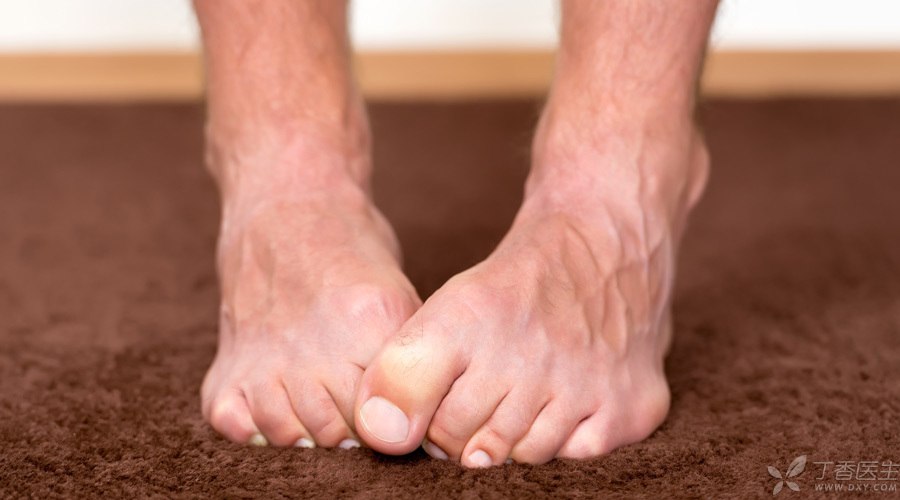
In addition to itching, is there peeling, blisters and rough foot skin?
This kind of situation, the most common reason is tinea pedis, namely beriberi. In addition, it may also be eczema, sweat herpes, etc.
Tinea pedis is caused by fungal infection. Light toe sutures will peel off, and serious blisters will occur on the sole and side of the foot. Even more serious, there will be bigger blisters and even tinea rash.
Itching, blistering and peeling are easy to judge as beriberi, which is treated by applying some antifungal drugs. However, there is a situation that is easy to be ignored, that is, the heel is rough. [hyperkeratosis type] beriberi, usually manifested by thick and thick skin on the heel and side of the foot. In this case, not only the dead skin needs to be removed, but also antifungal drugs need to be used.
If the foot itches seriously and does not relieve after taking the medicine, don’t drag it off and go to the hospital to let the doctor have a look.
Heel pain
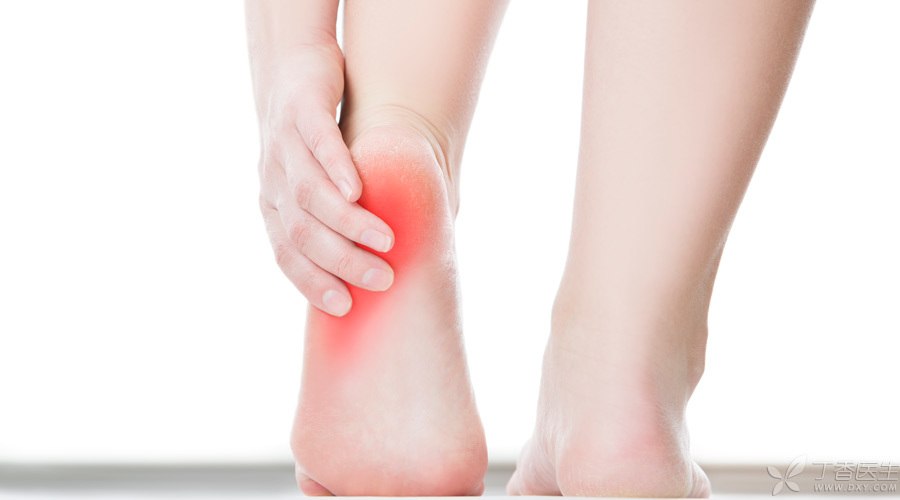
There are many reasons for heel pain: plantar fasciitis, heel fat pad inflammation, tendinitis, calcaneal intraosseous pressure increase, calcaneal spur, bursitis…
To sum up, heel pain is more common in chronic strain, sports injury, etc., mostly due to [aseptic inflammation].
If fracture, Achilles tendon problem, tumor and other conditions are excluded, the following methods can be adopted to deal with heel pain.
Rest and reduce weight.
Don’t wear flat shoes and canvas shoes with thin soles, sneakers with cushioning are a better choice.
Appropriate hot compress.
Use anti-inflammatory and analgesic drugs.
Stretch Achilles tendon and plantar fascia.
In the same sentence, if the heel pain is always not relieved or even aggravated, remember to see a doctor in time.
Flatfoot
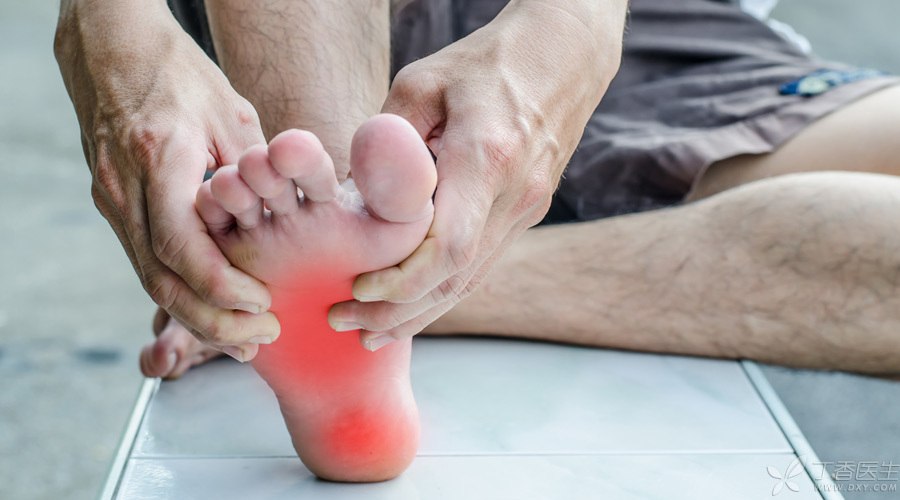
Look at the footprints. If you can see most of the soles of your feet, they are flat feet.
Although some people have flat feet, they are not uncomfortable. Only when you feel pain can you call it [disease].
Friends with flat feet are more likely to suffer from plantar pain, and their speed and endurance are not as good as those of normal feet, and they are more likely to suffer from fatigue and soreness. In severe cases, it may also affect posture, form scoliosis of spine, and lead to oblique shoulder, etc.
Obesity, standing for too long, insufficient rest, atrophy of foot ligaments or muscles, joint degeneration, diabetes, rheumatoid arthritis, etc., may all cause flatfoot.
Early improvement can be made through weight loss and orthopedic shoes. If conservative correction is not effective or has affected life, doctors should be asked to evaluate whether surgery should be performed.
Hallux valgus
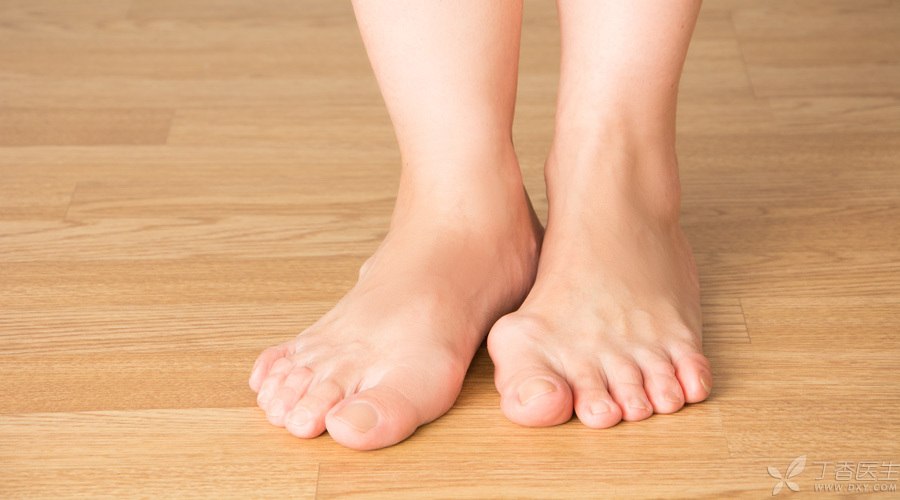
If the big toe is deflected outward by more than 15 degrees and is pushed above or below the second toe, it is usually hallux valgus, also known as [big foot bone], which is common in women.
If you don’t pay attention to it, the big toe will become more and more severe, and the protruding joint of the first toe will become inflamed and painful. Deformed places are also very tolerant of calluses and even corns. Seemingly trivial, but it affects the quality of life.
Wearing inappropriate shoes can easily lead to hallux valgus. Therefore, for friends with mild hallux valgus, changing a pair of loose shoes at the front or using auxiliary orthotics is helpful for foot recovery. However, if the deformity is serious, surgery is required.
Diabetic foot
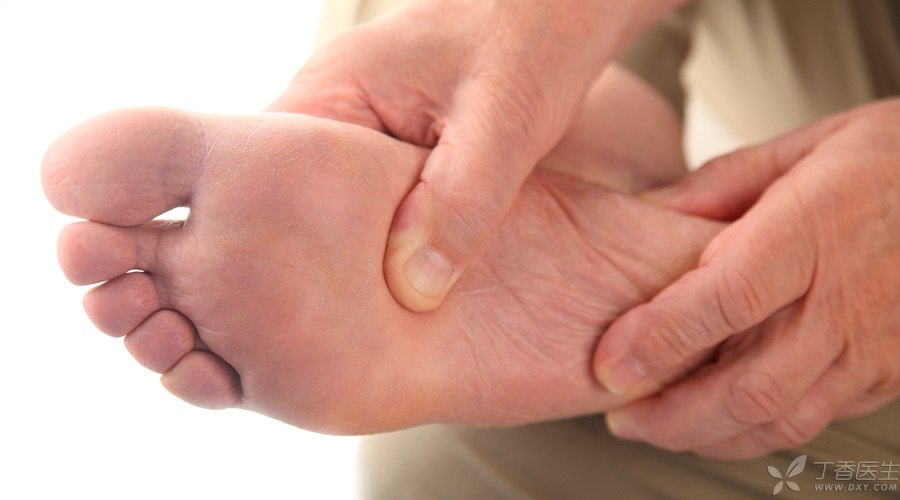
Poor blood sugar control, sustained at a high level or always fluctuating, will cause small blood vessels and nerve damage, foot wounds or ulcers are more prone to infection, gangrene and diabetic foot.
Friends with diabetes, check whether their feet are often cold and swollen, accompanied by numbness, pain or insensitivity. Has the pulsation of dorsal pedis artery weakened? Is there a wound on the foot that has not healed for a long time? Is there any muscle atrophy or deformity?
Sugar lovers must not ignore the abnormalities of their feet. In addition to controlling the blood sugar level well, attention should also be paid to keeping the skin of the feet clean, moist and warm, and not injured.
Through the above brief introduction, do you know more about the health of your feet?
Finally, I would like to emphasize that if your legs and feet really have the mentioned situation or other discomfort, remember to go to the hospital in time to clarify the reason and consult the doctor on how to properly handle it.
